In the figure shown , A and B are free of to move. All the surfaces are smooth. (0<θ<90∘)
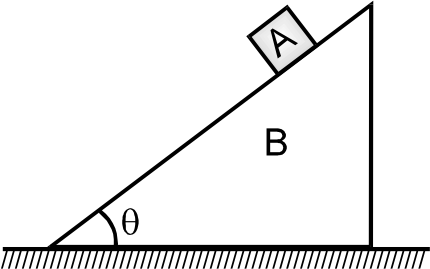
the accelration of A will be more than gsinθ
the acceleration of A will beless than gsinθ
normal force on A due to B will be more than mgcosθ
normal force on A due to B will be less than mgcosθ
The correct Answer is:A, D


ma0sinθ+N=mgcosθ
⇒mgcosθ
⇒N=mgcosθ−ma0sinθ
⇒N<mgcosθ
Hence, (D) is true.
ma0cosθ+mgsinθ=ma
⇒a=gsinθ+a0cosθ
Hence, acceleration of A
=√(a−a0cosθ)2+(a0sinθ)2>gsinθ
Similar Questions
In the figure shown A and B are free to move . All the surface are smooth. Mass of Aism. Then
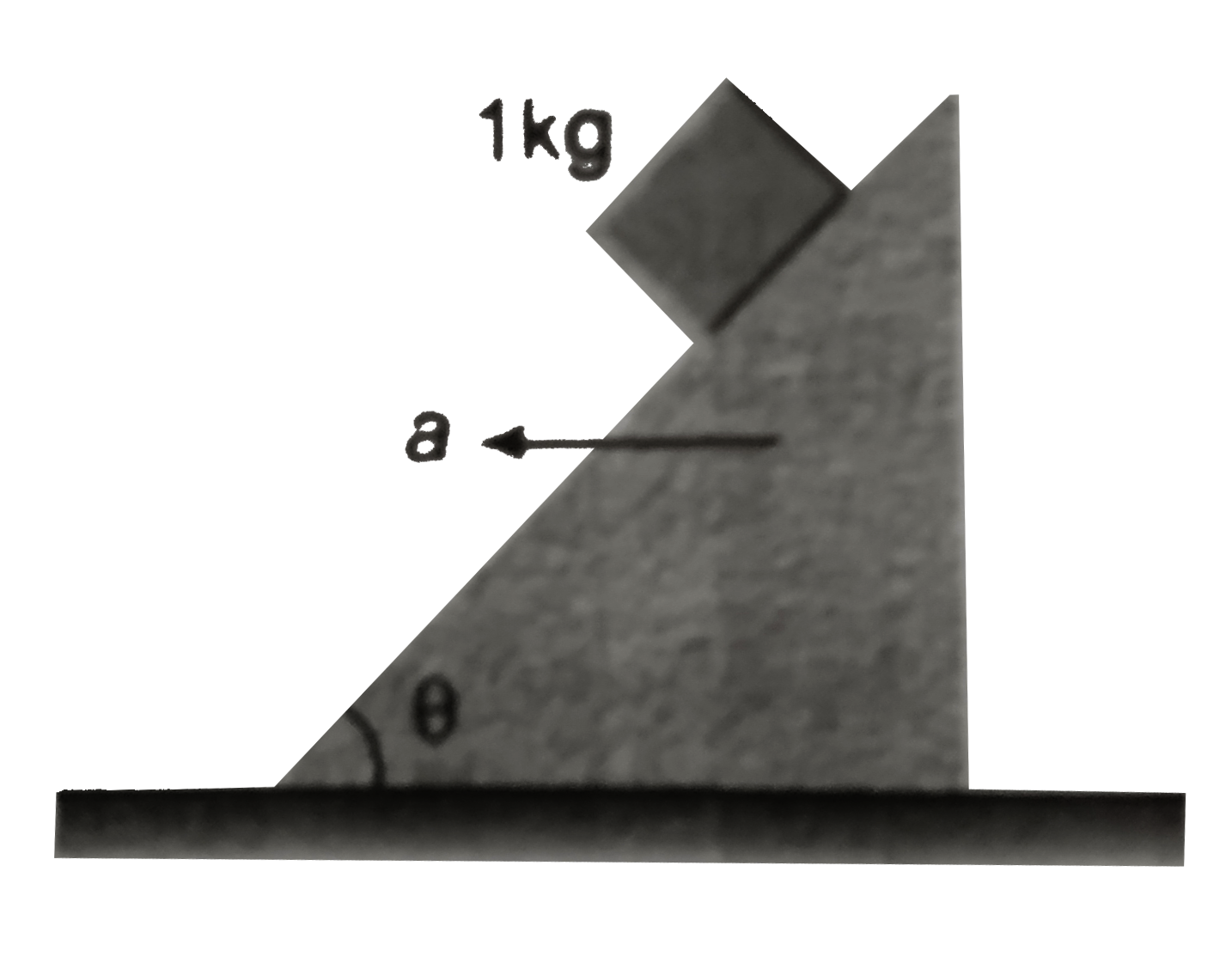
View SolutionSolve for θ(0∘<θ<90∘)
2cos3θ=1
View SolutionSolve sin9θ=sinθ, for 0∘<θ<360∘.
View Solution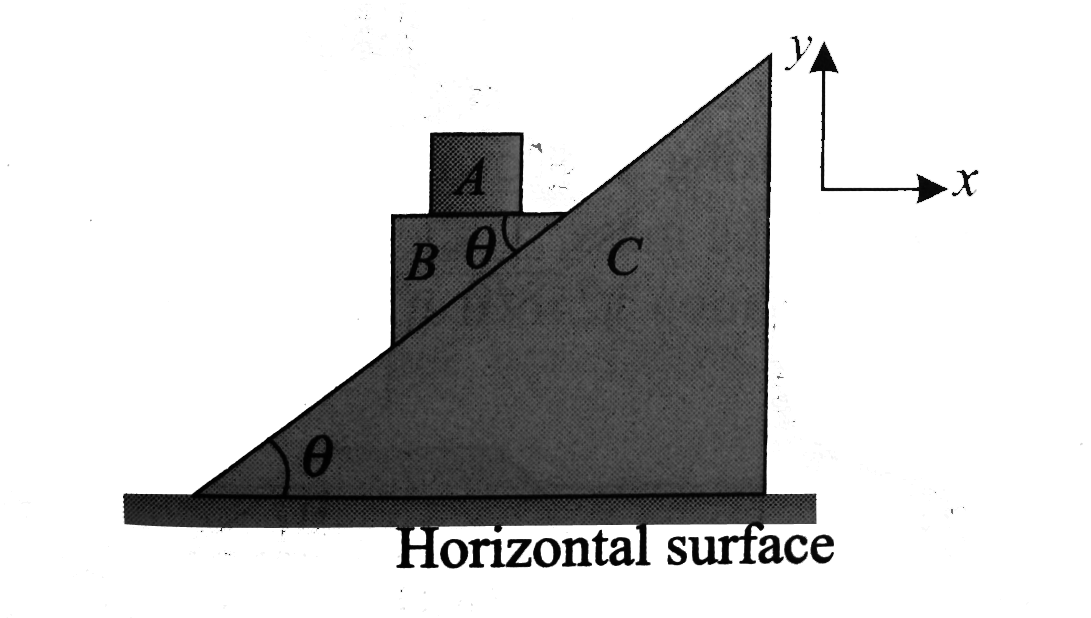
In the figure shown all the surface are smooth. All the blocks A,B and C are movable x-axis is horizontal and y-axis vertical as shown. Just after the system is relased from the position as shown.
View Solution
In the figure shown all the surface are smooth. All the blocks A,B and C are movable x-axis is horizontal and y-axis vertical as shown. Just after the system is relased from the position as shown.
View SolutionSolve tanθtan4θ=1 for 0<θ<π.
View SolutionTwo smooth wedges of equal mass m are placed as shown in figure. All surfaces are smooth. Find the velocities of A & B when A hits the ground.

View SolutionIn the shown figure, if all the surface are smooth and the two masses are allowed to move then center of mass of the system will move
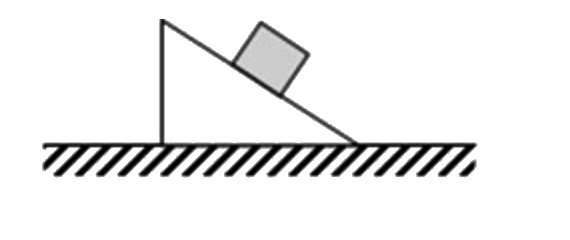
View SolutionThe reflecting surface of two intersecting flat mirrors are at an angle θ(0∘<θ<90∘). As shown in Figure. For a light ray that strikes the horizontal mirror, the emerging ray intersects the incident ray at an angle β . If one of the mirrors is rotated at dθdt=1∘/s, then the angle β changes aat the rate of
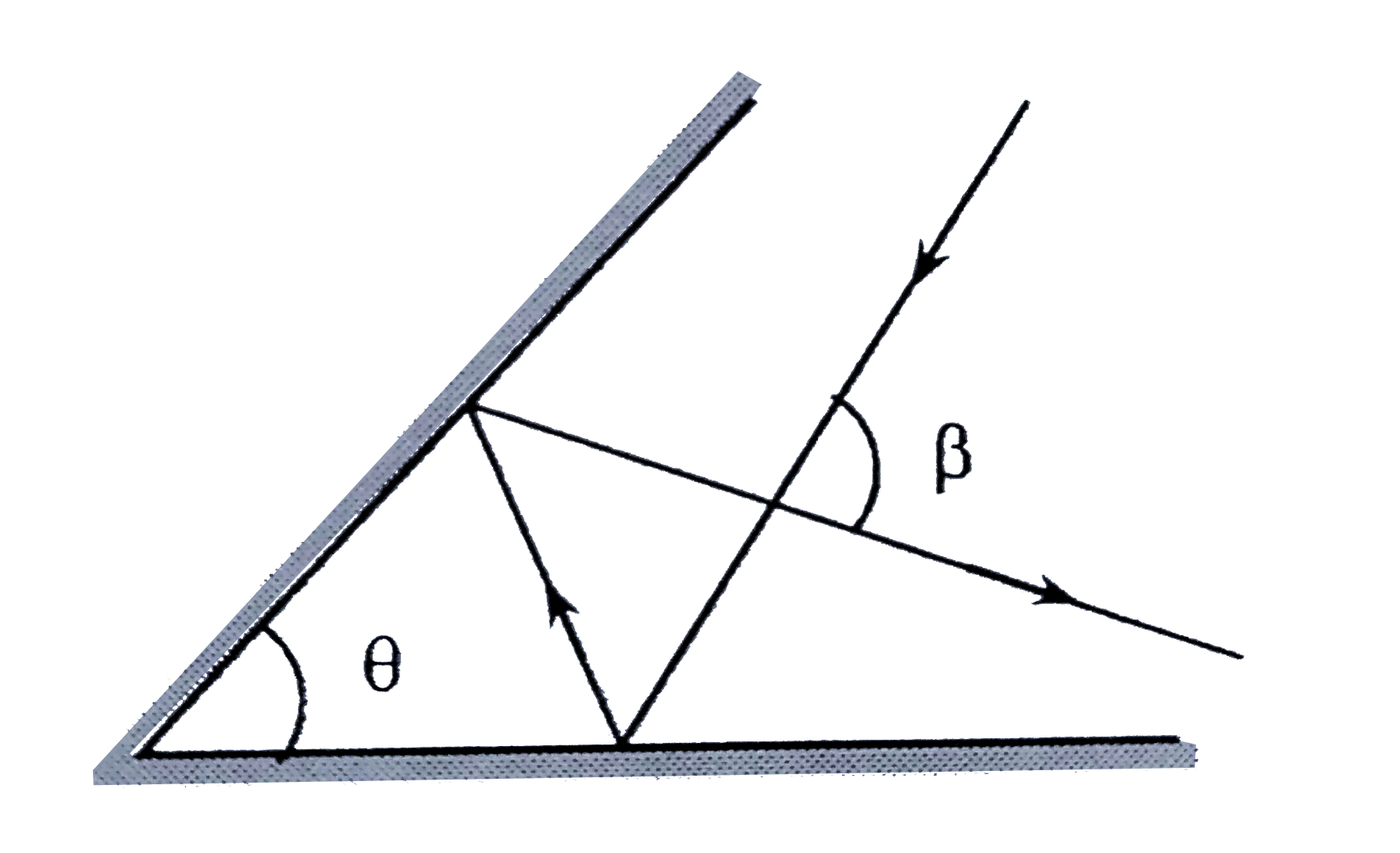
View SolutionIn the system shown in figure all surface are smooth.Rod is moved by external agent with acceleration 9ms−2 vertically downwards.Force exerted on the rod by the wedge will be
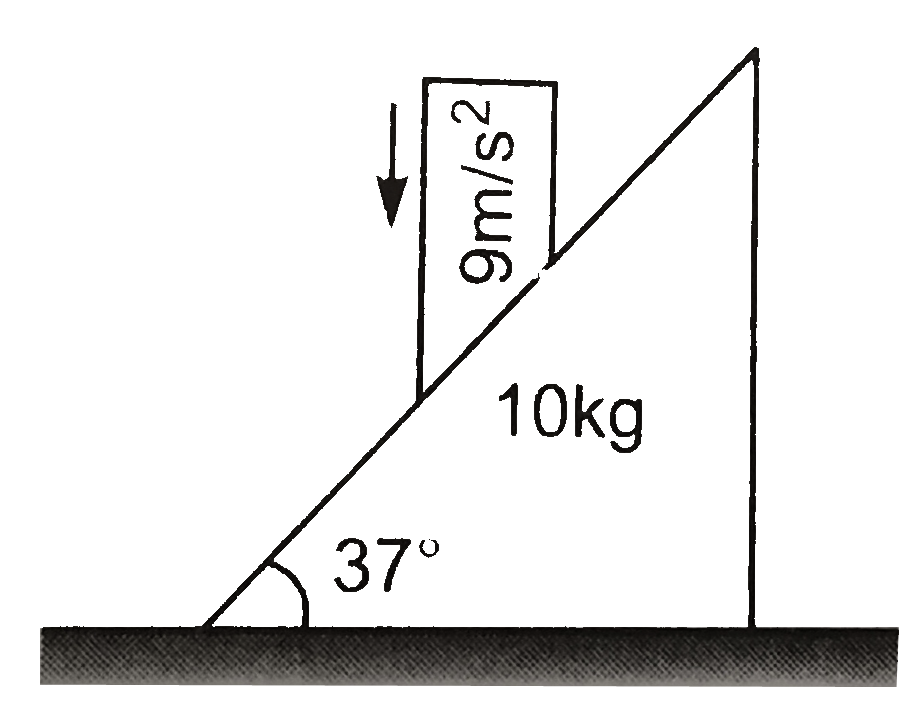
View Solution